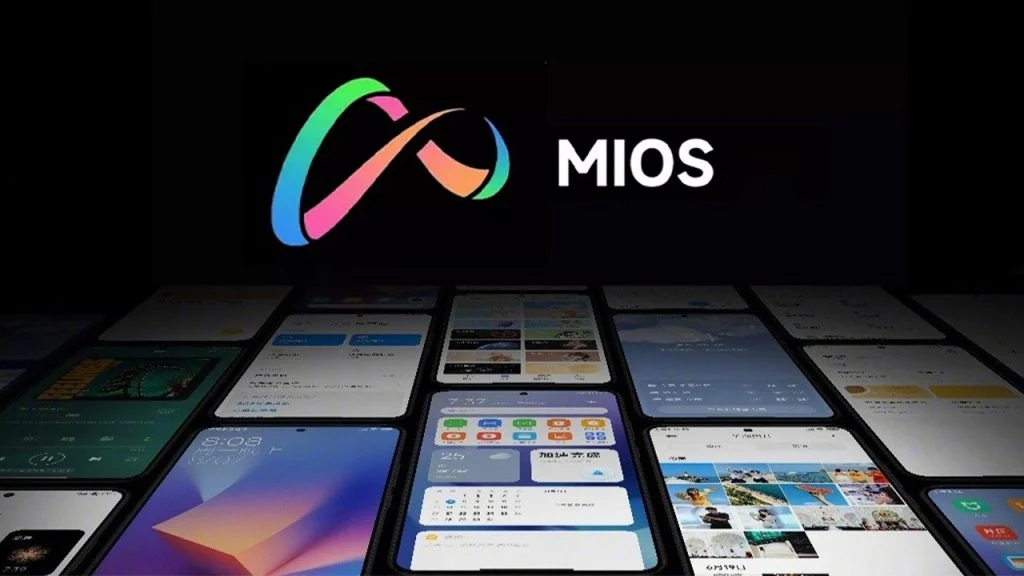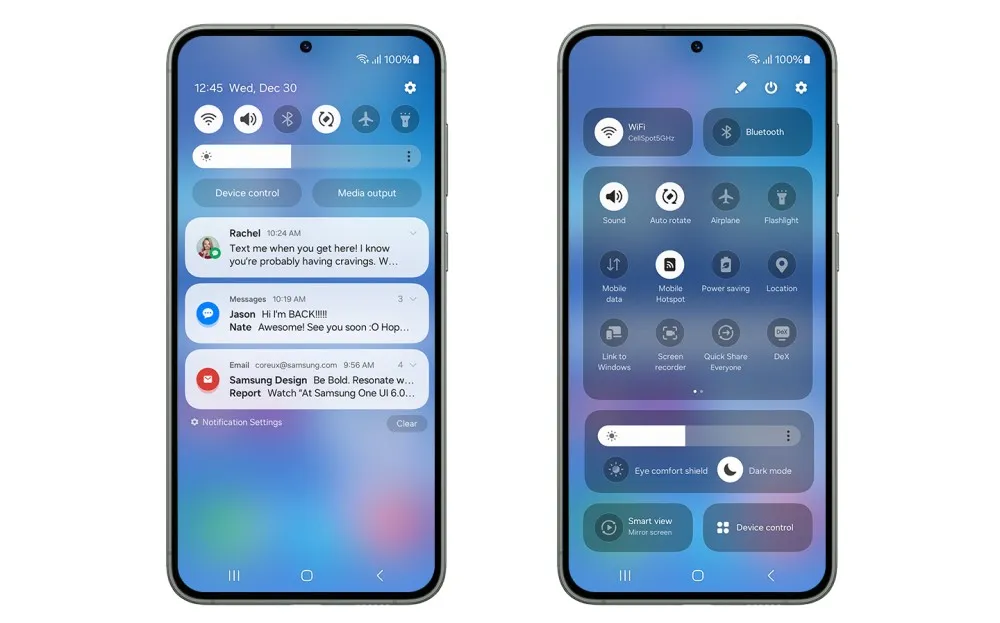The smartphone market in Southeast Asia saw significant growth in the third quarter of 2024, with a 15% year-on-year increase in shipments, totaling 25 million units, as per a recent Canalys report. This rise underscores the region's recovery and heightened demand across different smartphone categories. Oppo stood out as the market leader, closely followed by major brands such as Samsung, Transsion, Xiaomi, and vivo.
Oppo’s Rise in the Market
Oppo took the top spot in Southeast Asia's smartphone market during Q3 2024, shipping 5.1 million units and achieving a 21% market share. This success is mainly due to the brand's emphasis on affordable entry-level devices, especially the Oppo A3, which appealed to consumers looking for budget-friendly options. With a 29% increase in year-on-year growth, Oppo has effectively tapped into the mass market with its cost-efficient products.
Samsung’s Strategic Focus
Samsung came in second, holding a 16% share of the shipment volume with 4.1 million units. Interestingly, its shipment value share was higher than its volume share at 23%, showcasing its successful strategy in the high-end market. By concentrating on raising average selling prices (ASP) rather than just shipment numbers, Samsung aims to enhance profitability and reinforce its premium segment in the region.
Transsion’s Shift in Strategy
In third place was Transsion, which encompasses brands like TECNO, Infinix, and iTel, with a shipment volume of 4 million units and a 16% market share. Despite having experienced rapid growth in Southeast Asia previously, Transsion's expansion seems to be stabilizing as it shifts its focus from increasing market share to enhancing profitability and shipment value in the upcoming quarters.
Xiaomi and Vivo’s Competitive Stance
Xiaomi secured the fourth position with 3.9 million units shipped and a 15% market share, thriving on the popularity of budget models like the Redmi 14C and A3. With a 21% increase year-on-year, Xiaomi has positioned itself as a formidable player in the budget segment.
Vivo rounded out the top five, with 2.6 million units shipped and holding a 10% market share. Although Vivo's shipment figures didn't keep pace with its rivals, its stable presence in the top five highlights its consistent appeal among Southeast Asian consumers.
In conclusion, the smartphone market in Southeast Asia is showing strong signs of recovery. Oppo leads with its entry-level offerings, while Samsung emphasizes profitability through premium strategies. Xiaomi and Vivo continue to grow steadily by providing budget-friendly options, creating a well-rounded market landscape.





